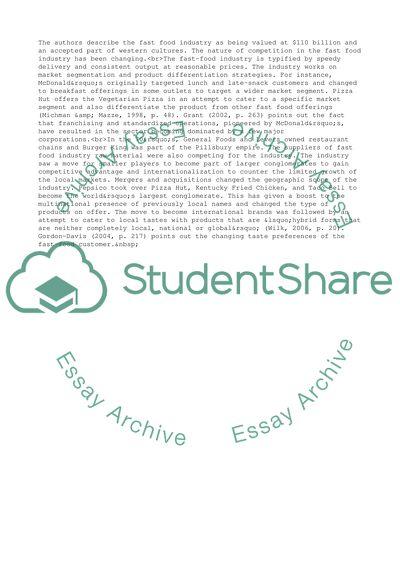Cite this document
(Food and Beverage Management: McDonalds and Burger King Assignment - 1, n.d.)
Food and Beverage Management: McDonalds and Burger King Assignment - 1. Retrieved from https://studentshare.org/management/1728607-strategy-business-information-and-analysis
Food and Beverage Management: McDonalds and Burger King Assignment - 1. Retrieved from https://studentshare.org/management/1728607-strategy-business-information-and-analysis
(Food and Beverage Management: McDonalds and Burger King Assignment - 1)
Food and Beverage Management: McDonalds and Burger King Assignment - 1. https://studentshare.org/management/1728607-strategy-business-information-and-analysis.
Food and Beverage Management: McDonalds and Burger King Assignment - 1. https://studentshare.org/management/1728607-strategy-business-information-and-analysis.
“Food and Beverage Management: McDonalds and Burger King Assignment - 1”, n.d. https://studentshare.org/management/1728607-strategy-business-information-and-analysis.


